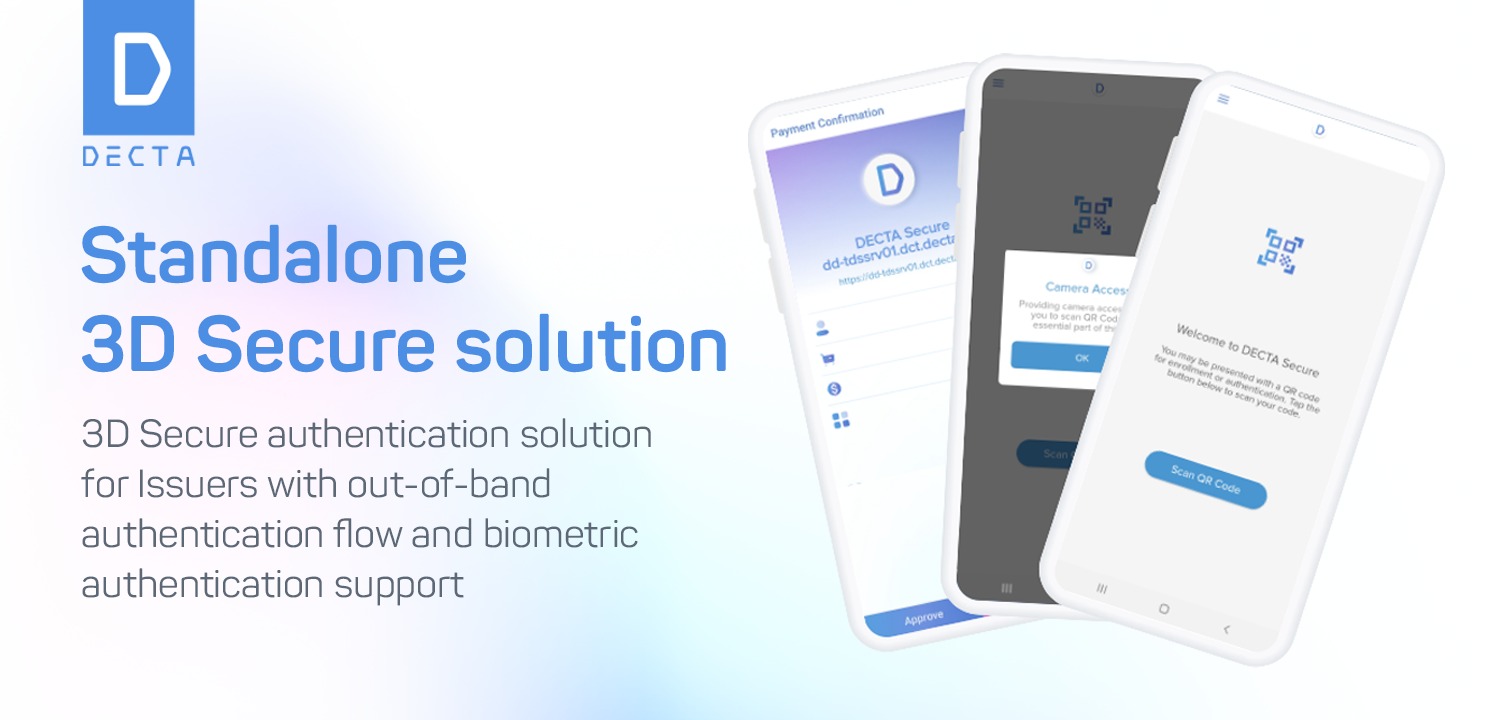The Rise and Rise of Digital Commerce
Research from Arkose Labs revealed an 85% year-on-year jump in online fraud. This figure comes from the 2022 State of Fraud and Account Security report, which analyzed more than 150 billion transaction requests in more than 254 countries.
The world is devoting more time, money and energy to the Internet than ever before. This trend shows no sign of going away, even as the pandemic recedes. There is very little reason to suppose that this new wave of cybercrime is going to go away, either – unless measures are put in place to slow it.
There is very little appetite among the public to abandon their newfound digital practices. Internet sales, as a proportion of total retail sales, have been climbing fairly steadily since 2006. Branches of banks across the world are closing down as customers make the switch to mobile banking. Major global businesses like Microsoft are touting the benefits of ‘hybrid’ working, which combines remote working with a traditional centralized workplace.
The Arkose report highlights the same trend, echoed in the popularity of meal-delivery services like DoorDash, GrubHub and UberEats. Credit card data from research firm Second Measure reveals a 70% year-on-year increase in spending on these services, recorded in March 2020.
The established online names have been among the chief beneficiaries of this shift. During the early months of the pandemic, Amazon’s share price rose by around 50%, and it’s remained buoyant since then. Other companies, like Zoom, have risen from obscurity. The videoconferencing platform was trading at around $70 at the start of 2020, and peaked at $560 later that same year. Netflix, meanwhile, added sixteen million subscribers over the first quarter of 2020, doubling an earlier projection.

